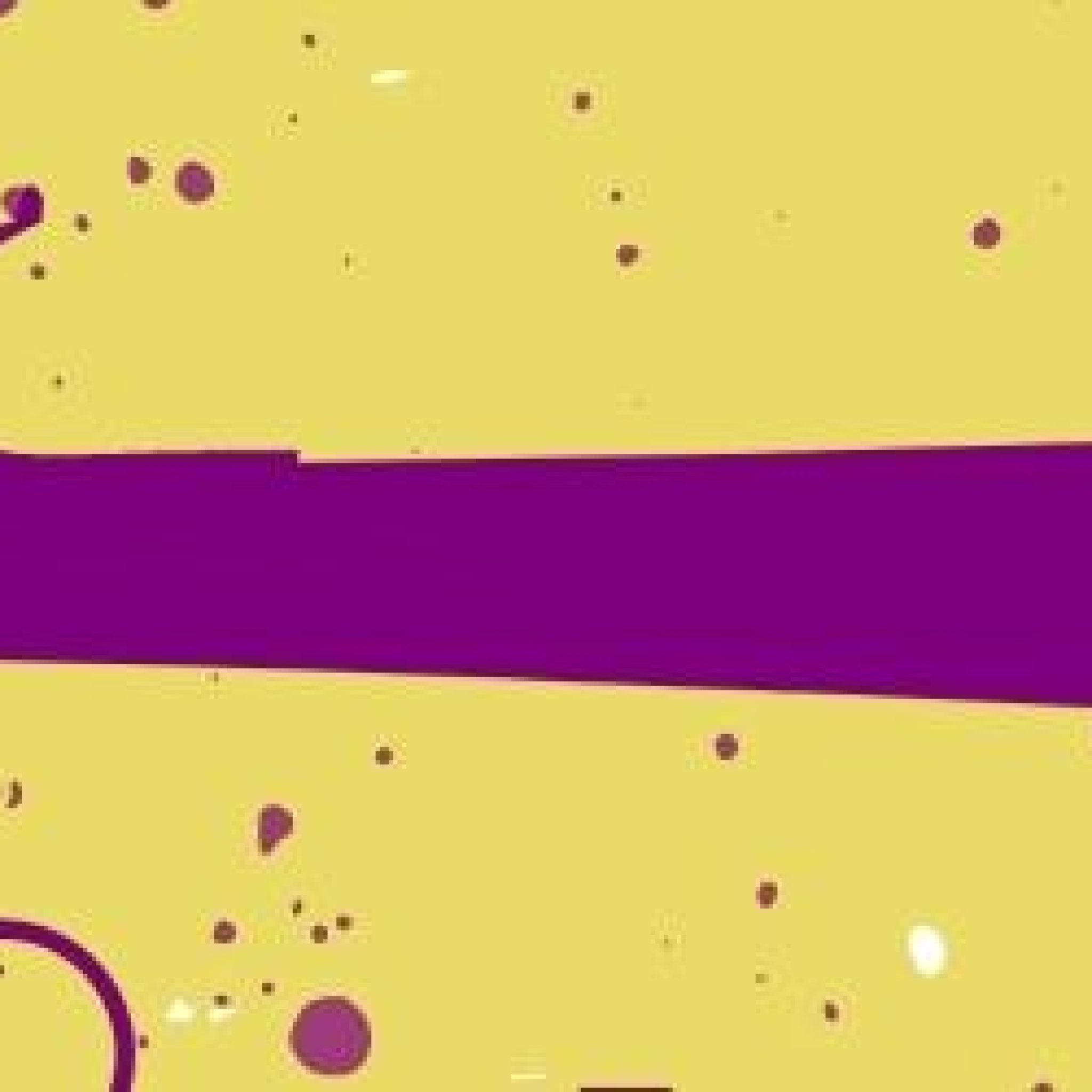
The saxophone is a brass instrument made of brass, but is categorised as a woodwind instrument and the reason being that sound is produced by an oscillating reed! It was manufactured during the mid 1840s by Adolphe Sax (named after him) who was a clarinettist. It is still not proven what inspired him to create the sax; however, it is said that the saxophone is a descendant of the clarinet and oboe! It took a lot of time for it to be established as a classical orchestra instrument, even though it was used by George Bizet in ‘Arleziana’, and Jules Massenet in ‘Werther’. It is widely used in military bands, jazz orchestras and other genres of music such as reggae.
There are seven saxophone types, differing in size and sound; the sopranino, soprano, alto, tenor, baritone, bass, contrabass with the most common one being the alto saxophone pitched in F or E♭. One may play several music genres with the saxophone, such as classical, jazz, pop, blues and military marches.
One may start learning the saxophone at the age of about 8 years old. This varies according to the maturity and musical perception a child has developed until that moment. The child’s body type also plays an important role because the student must be able to have lungs stamina, which can also be developed and accomplished through the lessons. As with almost all musical instruments, the lessons start by learning the notes, values and short easy pieces.
The saxophone is considered to be one of the hardest instruments to learn! As with all brass instruments, it requires a strong diaphragm and breathing/blowing stamina. However, students will be able to play short musical pieces by the end of the first year and their progress solely depends on them. The personal interest, the study hours and their love for the saxophone are elements that if combined together can turn someone from a beginner saxophone player to a good saxophonist in a very short time!
Saxophone lessons, as all musical instrument lessons, are conducted on a private basis. That is, the lessons are conducted with the teacher and one student only. This enables the teacher to give all his/her attention to the student for the best possible results. The duration of the lessons varies according to the level of each student. Since the lessons are private there is flexibility in terms of the day and time a lesson can be arranged. The exact days and hours are jointly agreed upon by the student and the teacher before the beginning of the academic year. As time passes by and as the student progresses, additional hours might be added in a classroom with students of other musical instruments in order to create small orchestras, ultimately aiming to familiarize themselves and coexist with other musical instruments.
The school offers recognized examinations for all of its departments. The majority of the examinations are from foreign universities and schools and especially from the United Kingdom and the Czech Republic. The saxophone examinations offered by the school are from the ABRSM (Royal School of Music), Greek conservatories and Trinity College. All diplomas are recognized by the Ministry of Education and Culture as well as by all universities abroad. Therefore, regardless of what musical instrument one plays and the levels completed, the school diplomas can be used as additional qualifications for admission in overseas universities!
Several musicians stood out for their talent to mesmerize people with their saxophone; either with jazz and bebop, romantic and fusion jazz, or with classical music. The greatest saxophonists are Charlie Parker Dexter Gordon, Stan Getz, Kenny G and Eric Marienthal.
